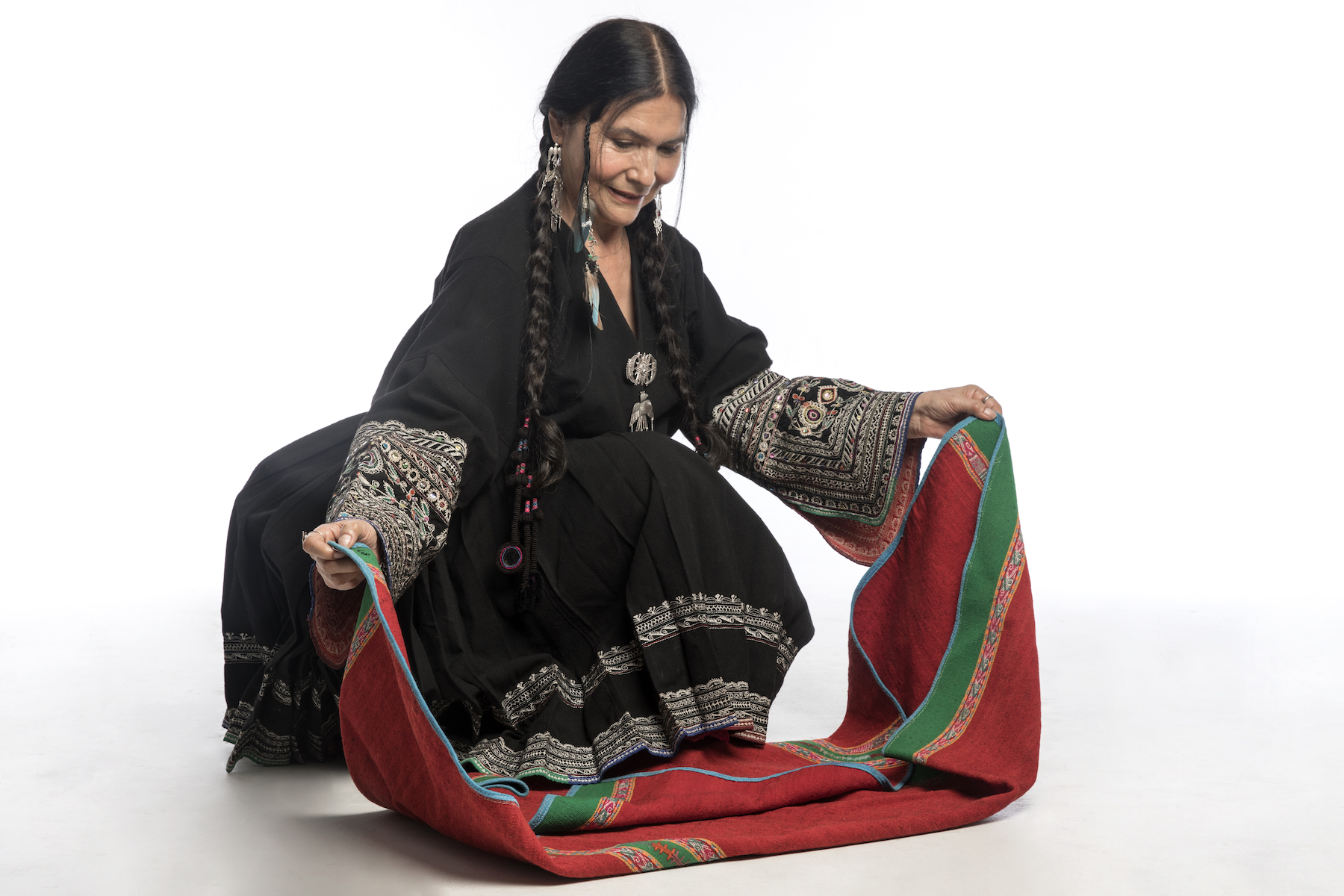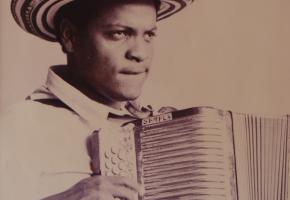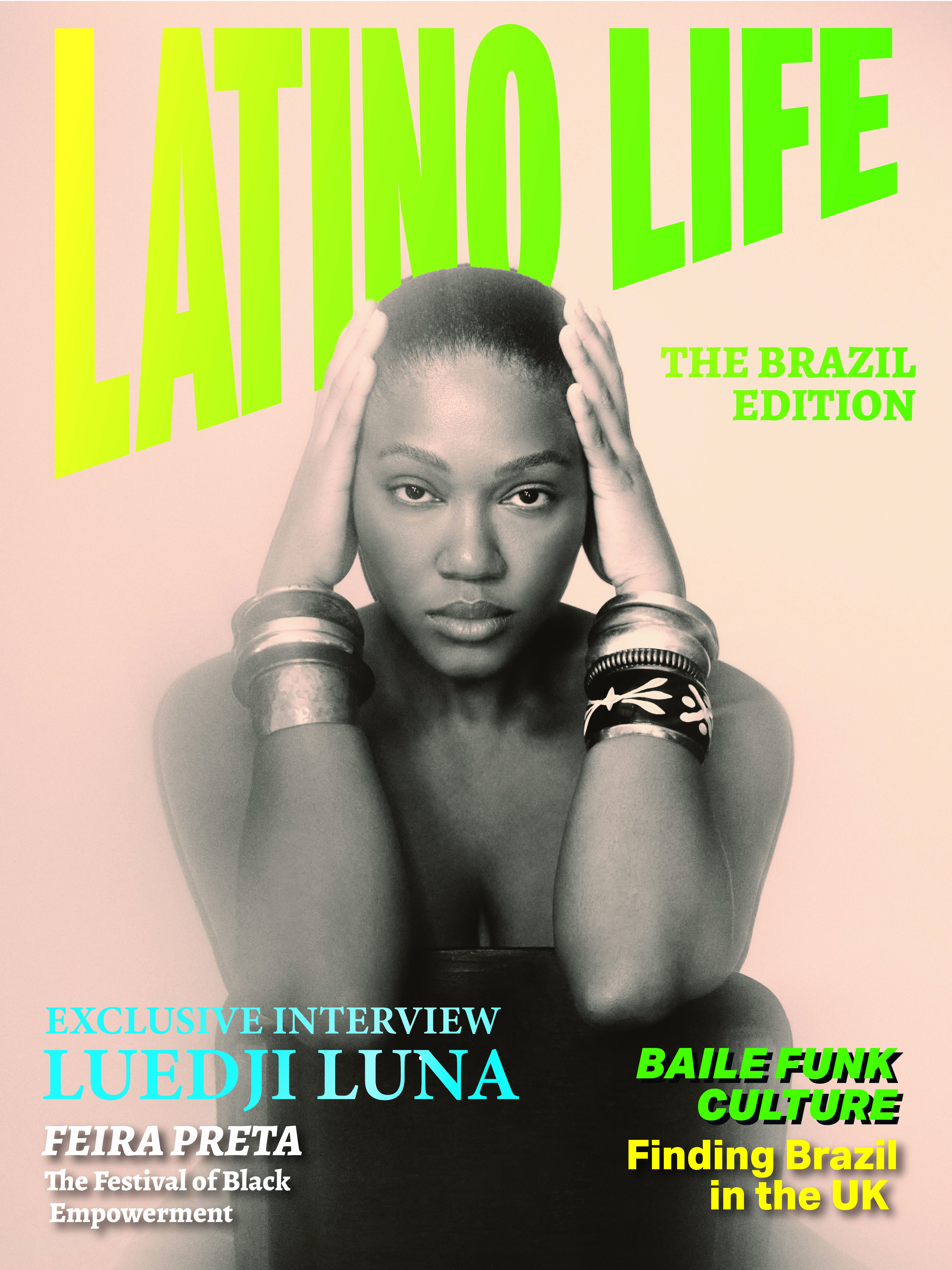For a revolutionary, who has used her music to fiercely and relentlessly defend and promote ancestral knowledge, Andean world views, women’s rights, Pachamama (Mother Earth) and her Quechua identity and culture, Luzmila Carpio is not at all fierce. A world-renowned Quechua-Bolivian singer-songwriter, a former Bolivian ambassador to France, she has credentials to fear, yet her warmth and openness are disarming. And, when she found out that I too spoke Quechua, she became an instant friend, wanting to share the long and gruelling journeys from Bolivia to Europe that we had both experienced. I had to almost insist on asking the many questions that I had excitedly prepared.
Luzmila has created a global platform and an impressive following over the course of five decades with 25 albums and 120 compositions. Her 2014 album Yuyay Jap’ina Tapes (To Reclaim our Knowledge Tapes) was listed among Rolling Stone magazine’s ‘Top 10 Latin Albums' of that year. Her latest album Inti Watana: El Retorno del Sol has been described as “a culture’s history viewed through a modern lens, where ancestral magic meets soil.” She sings almost exclusively and unapologetically in her mother-tongue. “I love my language. So, I still sing in Quechua,” she says. It's no surprise then, that Luzmila is seen by many as an ambassador of Quechua culture and the language. And that doesn't bother her. “I have enabled the survival of the language,” she declares proudly.
Artists from diverse genres, from electronic DJs such as Nicola Cruz and El Búho to Bolivian heavy metal band Alcohólika La Christo line up to collaborate with her. Electronic beats organically and effortlessly synchronise with Luzmila’s iconic high notes, as she simulates birdsong, describes Andean rituals and offers her eternal devotion to Pachamama. These telluric themes and spirituality have been an undying presence throughout Luzmila’s life. “I want to transmit my voice. I’ve always wanted to reach young people so that this message of love and respect for nature, for the earth is heard by them. One needs to be connected to the simplest thing that exists, the earth.”
Indeed, Indigeneity and ancestral wisdom are more relevant than ever in the face of today's ecological crisis. Fortunately, as western governments and capitalist entities dangerously dismiss autochthonous cultures, Indigenous voices such as Luzmila’s are finding more listeners, particularly among young people.
Luzmila was born in Qala Qala, a remote community near the Panacachi ayllu (the Andean term for community) in the North of Potosí – a mining region brimming with ancestral cultural wealth and breathtaking mountainous sceneries. Despite her native tongue being Quechua, the community she was born into is Aymara-speaking: “Qala Qala means ‘rock within a rock’ in Aymara," she explains, "otherwise, the community would have been called Rumi Rumi in Quechua.” As someone whose paternal family is from Potosí, I was curious about how Luzmila's cultural identity inspired her musical development. Without hesitation, Luzmila says that the answer is in her childhood, most specifically her mother, Fermina Sangüeza.
"Childhood is the most important aspect in an adult’s life. It is our core. The care we receive is so important, the love that we receive from our mother, our grandmother, our uncles, from our community. It gives us a lot of energy to go forward," she begins. "As a young girl, my mother used to make me wake up early. Very early, we used to go to lands for sowing and hearing the birdsong. She used to make me listen to the messages that the birds carried. She used to make me identify the birds: ‘this bird is called such and such.’ Some birds sang in Quechua, others sang in Aymara. ‘Now, repeat what they are saying’ my mother used to say to me. She was my teacher.”
Her mother’s influence reflects beautifully in songs such as Ofrenda de los Pájaros, where Luzmila synchronises her voice with birdsong to form a dialogue with nature. The high-pitched tone that Luzmila is now recognised for, she tells me, is the same that her mother used to sing in.
“I once asked my mother: why do we have to sing in such a high tone? She replied: because that sound is what the earth receives. We must never lose our inner child’s voice.” And Luzmila never did.
Luzmila recalls how her mother showed her how to remain connected to her identity from a very young age:
"During the harvesting season, we would travel to harvest potatoes near a rocky valley which housed condor nests. My younger singer, would prefer to gaze at the condors than do her harvesting chores, which included collecting potatoes in her aguayo (an Andean textile). On one occasion, my mother told me, I went missing. ‘Luchita, maypitaq kanki?' (where are you?) she cried out before she found me hiding. She asked me why I was crying, and I responded: ‘I have forgotten the lyrics. I have lost my huayñito (a folkloric popular song from the rural Andean area).”
Luzmila’s despair at having 'lost' a tune she had learnt from her community marks the value that this music has always had for her. Little did she or her mother know that these huayñitos sung by Luzmila would echo throughout the world for many years to come. In fact, it was Luzmila’s mother who encouraged her in her moment of distress: "'I am sure that you will continue to sing until you have found your huayñito'." Fermina said reassuringly.
Fermina has always been a source of encouragement and inspiration for Luzmila. "My mother had a lot of character. ‘Never be afraid,’ she used to tell me. ‘Keep going’." In many Indigenous communities around the world, womanhood, song and indigeneity are intimately intertwined for the collective healing process, as Luzmila explains in another story:
"One morning, my mother summoned me: ‘Get up, we’re going to sing. We’re going to sing to help (our friend) Quintina because her ear is hurting a lot. Help me sing, with our song, we will heal her.’ So, we started to sing and sing and sing. From time to time, my mother repeated her name. A few months passed and one day Quintina came by: ‘I am healed!' And she explained how from one moment to the next, the pain left her.”
Another meaningful presence in Luzmila’s formative years was Don Ricardo Cortez y Cortez, a blind music teacher who had a radio programme on the Oruro University Radio. When Luzmila was ten, she travelled to Oruro, the nearest city, to take vegetables that her family had harvested, to her sister, who lived with her schoolteacher, Marina. During this journey, Marina convinced Fermina to leave Luzmila behind in Oruro, with the hope that she could work as a cleaner and attend school. Urban life fascinated Luzmila who, for example, had never seen a radio before: "A small box where children were singing. But how did they get in there?” she asked herself.
In a playground near the house in Oruro, she met a young girl who could communicate with Luzmila in Quechua. Luzmila asked the girl to take her to a radio station so that she could see the children singing for herself. Upon arrival, Luzmila struggled to speak with the radio director due to her limited Spanish and tried to sing a huayno for him only to be abruptly interrupted: “you can’t sing your Quechua huaynos here. You need to learn how to speak Spanish.”
In tears, Luzmila returned home into the arms of her sister, who taught her the only song she knew in Spanish: the Bolivian national anthem. This time, Luzmila went to the Radio Universidad de Oruro, where she met Don Ricardo, who was sat at the piano. The blind music teacher chuckled when he heard Luzmila sing the national anthem and spoke to her in Quechua: “Surely you know how to sing a huayñito?” Delighted, Luzmila sang so beautifully that she earnt her place in the radio choir, learnt numerous songs in Spanish and took music classes with Don Ricardo for many years. In a homage to Don Ricardo upon his death in 2008, his students remembered how he had taught them that "there is no virtue without passionately loving what one truly wants to do.”

Luzmila flourished in Oruro, recognising how important this city was for her development and discovery as a folkloric artist: “it was almost my birth city.” Like Potosí, Oruro has an economy that is dependent on its mining which has led to economic instability and extreme poverty (46.3% higher than the national average in 2001.) Despite these struggles, it is hub of popular culture and folklore, particularly during the country’s carnival celebrations.
Luzmila was particularly drawn to the sound of the charango, a traditional Andean guitar which Luis, a family friend, played. Luis was equally as drawn to the tone of Luzmila’s voice and eagerly invited her to become the lead vocalist in their band, Los Provincianos. “You’re the perfect person for this,” Luis said to Luzmila. This came as a surprise to Luzmila, who never thought she could be part of a proper band.
Before long, Luzmila and The Provincianos took a nine-hour bus ride to perform at the Lauro Festival in Cochabamba. They did not win the contest, but their efforts earnt them an opportunity to record their first album. "That album didn’t sell at all. I recorded my four little tunes. I sang really high-pitched. The director of the recording studio said to me ‘don’t sing so high, you’re going to break the sound-system,’” Luzmila laughs. He also told her that traditional tunes were not selling because "Indigenous people don’t have money to buy records.” As a result, Luzmila started to sing songs that were in vogue in the cities.
Luzmila's second album was a huge success. She vividly remembers the day that she heard it on the radio for the first time: “In Oruro, I was waiting for the record to come out. Then, in the Campero Market, when I was on my way to buy something, I heard my voice on the radio." She ran to find Luis from the band and they stood by the radio in the market, listening to their album.
The album cover was a photo of herself and the title of the album was written as: Luzmila Carpio y Los Provincianos’. Despite her plea for anonymity, Luzmila’s identity had been revealed and, to this day, she is not sure how this happened. But she shrugs it off. “Things happen for a reason. Look, I am still standing here today.”
The rest is history, as they say. Luzmila could have never imagined that she would ever be a household name in Bolivia and beyond. She not only fully embraces her Quechua identity, her Andean spirituality and reconnects with her ancestral land through song, but also challenges and shifts the paradigms in the musical genre of Andean folklore by collaborating with electronic rhythms. Luzmila’s voice, her fight and who she is has captured the world’s attention. Her musical journey continues as she embarks on a winter tour of Europe, sharing her birdsong and wisdom with this corner of the earth.
All translations were completed by the author.
Glossary of Quechua terms:
Pachamama - Mother Earth
Ayllu - the Andean term to refer to community
Aguayo - an Andean textile
Huayno/Huayñito - a folkloric popular culture song from the rural Andean area


















